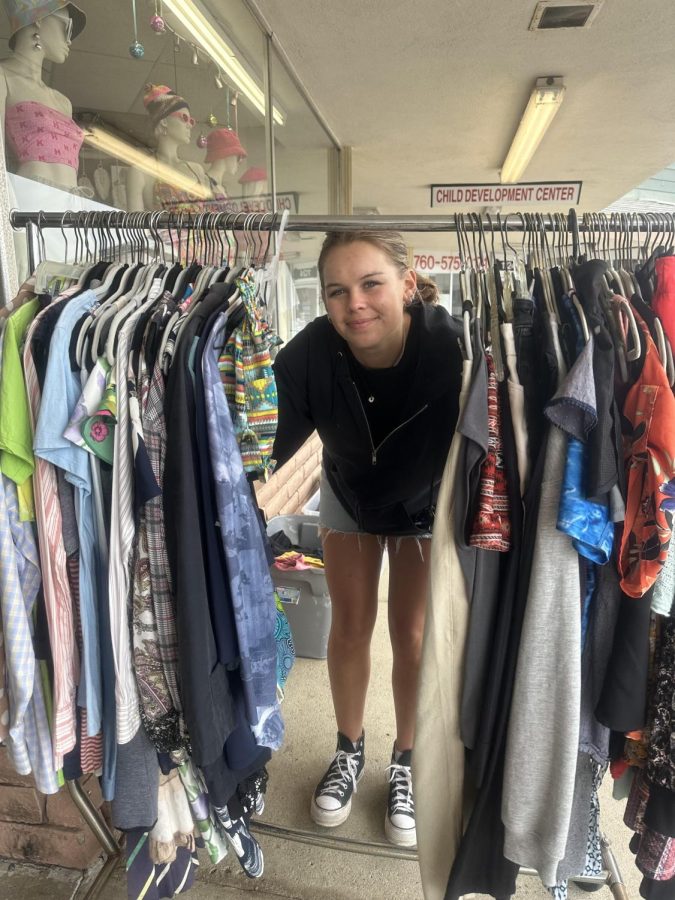Gen z can purchase clothes and save the planet
Thrifting Reduces Water Footprints, Uses Fewer Chemicals, and reduce carbon emissions. The fashion industry produces about 10 percent of carbon emissions. Water consumption and carbon emissions can be reduced through thrifting. Shopping at a thrift stores near you reduces the demand for new clothing.
April 21 at the Lincoln school through green initiative senior Kailey Harkins held a clothing donation event. Harkins hoped to hold a clothing drive in the near future to support our community.
There has been a growing consciousness of the negative impact of fast fashion on the environment. As a result, many people recognize the importance of buying used items. This reduces the clothing waste in landfills by giving clothes a second life. Also, it reduces the constant need to produce new clothing.
According to the 2021 Resale Report, in 2020, 80 percent of consumers said they were open to purchasing second hand products, a 16 percent increase from 2019. The report also said that over 40 percent of Gen Z and millennial shop, many of which are college-aged have shopped second hand in the past twelve months. Approximately 16-18% of Americans shop at thrift stores
Our very own local gen z thriftier senior Ellieana Wester shared insights on thrifting and this trend. “I just like finding unique objects and like random things that you don’t find first hand”,she said. Wester recommends the local Community Closet thrift store.
Harkins also recommends sacs located in downtown Bozeman “On Thursdays they freshen things up before the weekend”,she said.
ThredUp states that the adoption of purchasing pre-owned apparel among Millennials and Gen Z is progressing at a rate 2.5 times faster than other age groups. The younger generations tend to prefer buying secondhand clothing as they aim to engage in sustainable and ethical shopping practices.









